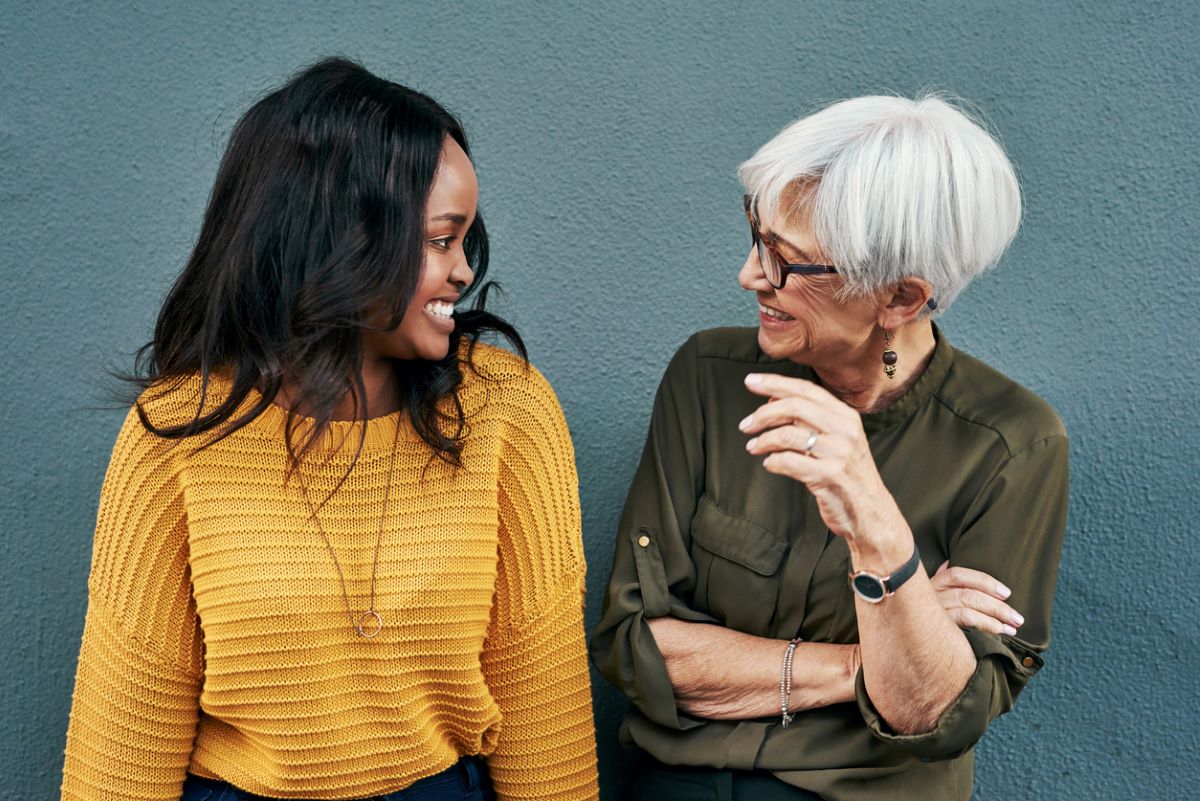Ageism in the workplace: 3 ways organizations can stop what too often seems like ‘acceptable’ discrimination
Mentoring and employee resource groups are tools to help address age-inclusion issues.

While diversity, equity and inclusion are at the top of the priority list for most organizations, one of the most prevalent forms of workplace exclusion often lurks beneath the surface, sometimes thriving: ageism.
According to a new survey by WerkLabs, 60% of respondents reported they had experienced ageism in their professional lives. The issue often pops up during the interview process, but 53% of respondents encountered it while at work. Those encounters affected women (62%) more than men (52%).
Ageism is discrimination based on age and can show up in everything from promotion opportunities to job-description language. It can be assumptions about tech competence or a willingness to adapt. Or it can be that ill-advised joke at the water cooler. It also can be discrimination that goes both ways, as older and younger generations sometimes harbor negative assumptions about the other.
One more thing: It’s illegal.
“Ageism kept coming up because of how hidden it is and because of how insidious it is,” says WerkLabs president Pam Cohen. “It remains perfectly fine to make a joke about somebody’s age or potential irrelevance, and to discriminate on that basis, because it’s so hidden.”
Cohen says the balance of power has shifted over the years. Whereas older employees were mocking millennials a decade ago, they now struggle to get hired at tech-enabled companies run by those same millennials. Either way, discrimination is harmful and bad for business.
While addressing age discrimination in DE&I policies isn’t trending yet, some organizations already see the benefits of inter-generational collaboration through mentorship programs and employee resource groups.
Mentoring bridges the gap
Mentoring programs, or programs directed at pairing employees of different levels within the organization to grow one’s career, have proven effective at breaking down generational barriers. Reverse mentoring programs, as coined by General Electric’s former CEO Jack Welch, have the same results.
Schneider Electric, the French global energy techn company with U.S. headquarters in Boston, uses its “Open Talent Market” program to help all employees on their career paths, regardless of age or professional level. Launched in 2019 to its 16,000 U.S. employees, it expanded globally this year.
Seventy percent of the team has taken advantage of the artificial-intelligence driven career-management platform, which includes a mentorship component, connecting more than 1,000 employees with mentorships. “One of the great things about it is it really does look to support diversity, to encourage career ownership and develop skills at all levels of the organization and across all generations,” says Rhonda Shah, director of people strategy at Schneider Electric.
Another company that uses mentorship programs to impact age inclusion is Aflac, headquartered in Columbus, Georgia. The nation’s largest supplemental insurance provider, Aflac paired older IT employees with recent college graduates in a reverse mentoring setup. The organization’s more experienced employees gained knowledge of trends and best practices from the younger generation. “The structure of the apprenticeship program also allows younger employees to create connections with multiple senior leaders, rather than reporting to one boss,” a quarterly report states.
The ERG for everyone
Some organizations have pursued a more strategic effort to end ageism and build inter-generational bridges among employees using employee resource groups. Companies with generation-based ERGs include Comcast NBC Universal (the Young Professionals Network), Anthem (MERGE: Multigenerational ARG), and Northrop Grumman (Generation to Generation ERG). In Anthem’s case, ARG stands for associate resource group.
According to Northrop Grumman’s website, its G2G group aims to “promote a greater understanding between generations through sharing and communication” between junior and senior professionals.
Comcast’s Young Professionals Network is focused, among other things, on creating collaboration between different-aged employees to gain “exceptional business results” and “support a company culture of inclusivity,” according to its website.
Big ROI at little cost
With diverse project teams showing measurably higher profits than their less-diverse counterparts, it seems tackling ageism is worth the effort, especially when the cost of auditing policies and language is small.
Abby Haynes, a senior research associate at WerkLabs, says ageism often shows up in recruitment and hiring materials, including language and media. Overhauling these to be more age-inclusive and tapping into the often already age-diverse ERGs can help companies build a strategic inclusion plan without a significant financial investment. “A lot of employees might not know their behaviors are ageist in nature, so having conversations about it will bring light to the topic,” Haynes says.
Cohen recommends wellness managers look at three things to tackle ageism in the workplace:
- Representation is crucial since an age stigma is ingrained in our culture, and it seeps into the workplace unnoticed. Creating a process to catch ageist views, just like other forms of discrimination, is necessary. Members of a generation-based ERG could advocate in this area.
- Just like other demographic metrics, review the onboarding funnel to see why candidates of a certain age don’t make it all the way through. Making head-to-head comparisons can reveal unconscious bias.
- Check what areas of the organization lack age diversity. For instance, marketing and IT often excludes older employees from workgroups.
Cohen sees the benefits of age-conscience inclusion in some of her tech clients. One in particular deliberately puts experience-diverse teams together on projects. “The teams are more effective, and also what they produce has a higher level of engagement from all age groups and ethnicities,” Cohen says.
COMMENT
Ragan.com Daily Headlines
RECOMMENDED READING
Tags: Ageism, DEI, discrimination, ERGs, mentoring, workplace






